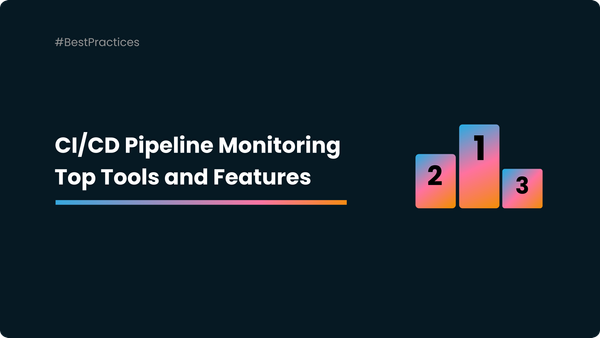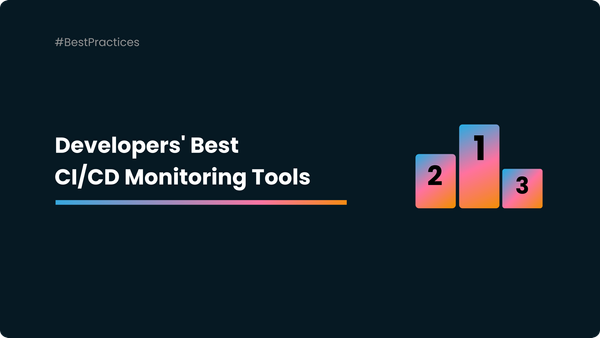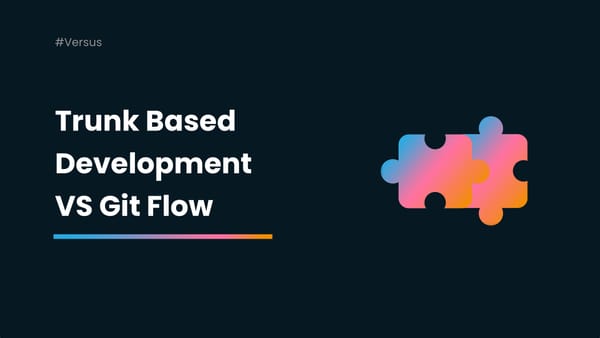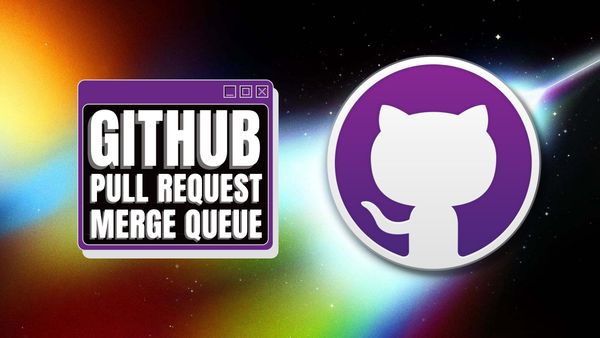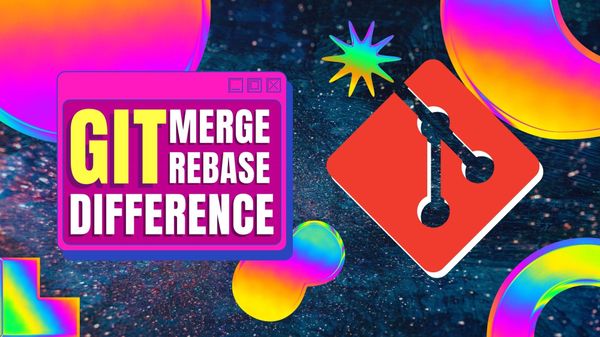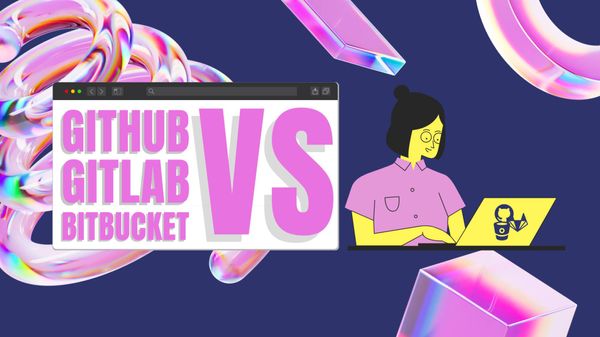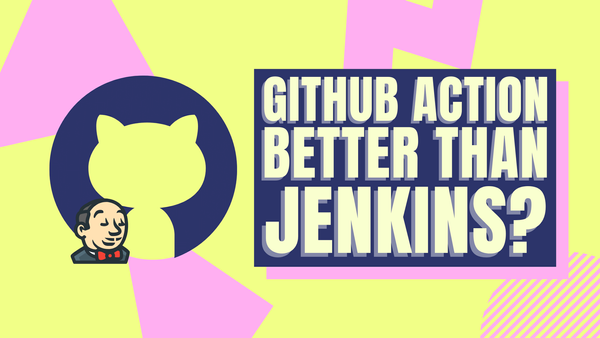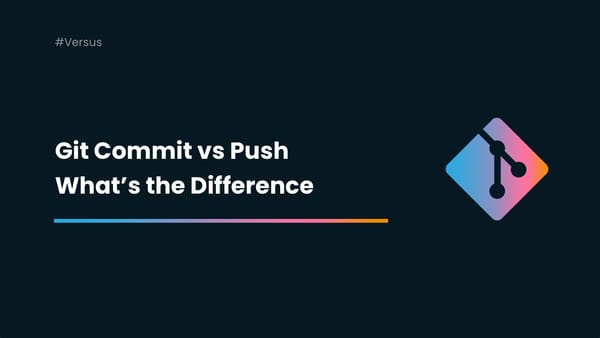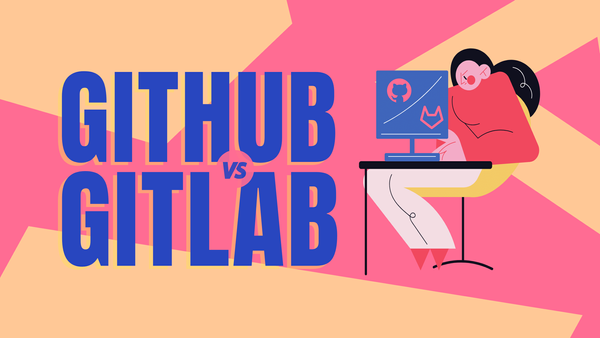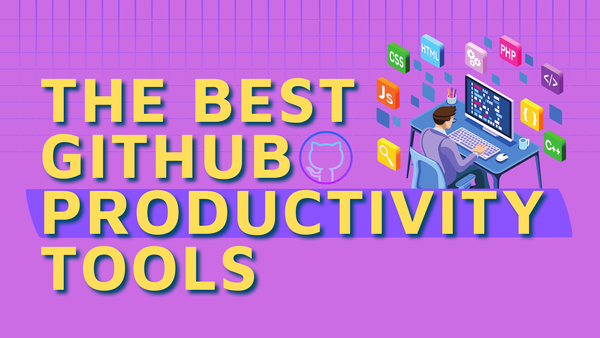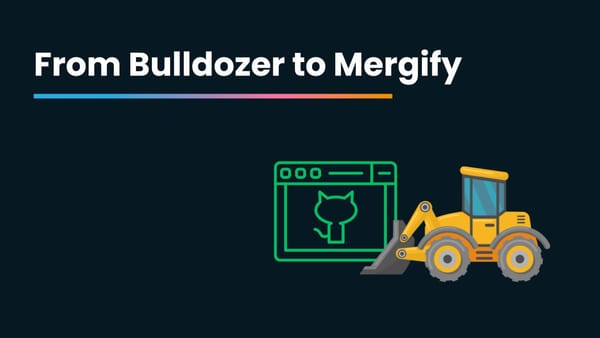
Versus
From Bulldozer to Mergify: How to Take Full Control of Your Pull Request Merges
If you've been using Bulldozer to automate pull requests (or thinking about it), you might have experienced some limitations that, while functional, don’t fully empower you as a developer or project maintainer. Bulldozer, an open-source tool for auto-merging PRs once conditions are met, provides some baseline capabilities

